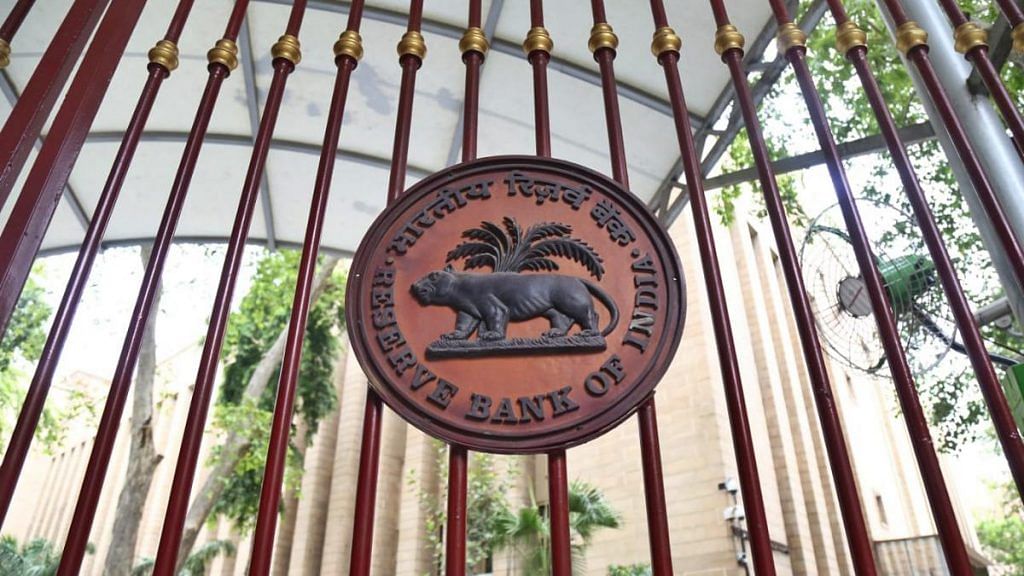RBI Governor Shaktikanta Das made two major announcements on 6 February. The first was the decision of the Monetary Policy Committee (MPC) not to change interest rates. The second was a set of measures to increase credit to certain sectors.
First, the governor announced the decision to maintain a status quo on the policy rate. The only decision which the MPC makes is to cut or raise the repo rate and by how much. All six members of the MPC voted in favour of a status quo. Since CPI inflation at 7.5 per cent is higher than the target of 4 per cent and even the 2 per cent band above it, this decision was expected. RBI expects inflation to remain above the target level for a couple of quarters. Therefore, the MPC could not have cut rates.
At present, inflation is high due to vegetable prices. The non-onion inflation, as the governor pointed out, is within the inflation target band of 2+/- 4 per cent, or below 6 per cent. Once vegetable price inflation comes down, as is expected, the MPC will be able to cut policy rates further. In the meanwhile, the RBI will lend roughly Rs 1 lakh crore to banks at the repo rate and hope to improve liquidity and monetary policy transmission.
The second set of announcements made by the governor was directed at increased credit flow to sectors starved of credit after the IL&FS default and the subsequent NBFC crisis. This was done not in its role as monetary authority, but in fulfilling its function as banking regulator.
The governor announced banking regulatory changes such as how RBI would not require a bank to hold cash with it under the cash reserve ratio (CRR) requirement if they gave retail loans for autos or home loans.
RBI extended the window for MSME loans that might have become NPAs, and announced a restructuring scheme for real estate loans that were not being repaid.
These steps made bank stocks on the Nifty banking index rise. They may even increase the flow of credit to these sectors for a few months. But will they address the growth and investment slowdown imminent in the Indian economy?
Also read: Bankruptcy code is a new deal between the state and businesses in India
What RBI has actually chosen
Unfortunately, the set of measures announced comprise mainly of regulatory forbearance, or allowing banks to increase risk on their balance sheets, and not solve structural problems in India’s financial sector. The measures may even help revive credit for a quarter or so, but as they do not address fundamental issues, the ill health of the banking sector will come back to haunt the Indian economy.
The key problem with Indian banking is that we have not yet fully recognised that the bad loans that were made in the years leading up to the global financial crisis in 2008. Since we prided ourselves in not being affected by the global financial crisis, the problem was not even recognised, while banks around the world analysed and solved it, recovering from the worst financial crisis in a hundred years. Instead of addressing the problem, RBI came up with an alphabet soup of restructuring schemes one after another for many years.
One reason for this was that there was no bankruptcy law so banks could only use the SARFAESI framework to sell off collateralised assets. There was little recovery. Companies that failed to pay could not be taken to bankruptcy courts and sold off as going concerns. Even after the bankruptcy code was enacted, the process of taking NPAs to the National Company Law Tribunal (NCLT) to recover money was very slow. This inhibited the ability of banks to lend.
RBI had two options. The first was the difficult path of making banks recognise bad loans, accept that the borrower was never going to pay back the loan, take over the company, sell off assets and recover some of the money. This was hard.
The processes of bankruptcy courts were ridden with problems. The system was unable to keep its promises of quick resolution of loans. The public sector bank bureaucracy feared investigative agencies. The process was excruciatingly slow.
The alternative option was to step back from the process of trying to clean up bank books. There could be a slight recovery in credit. The borrowers were losing their companies, something they were completely unused to in India, where a cozy relationship between politicians, public sector banks and big industry had existed. They wanted the RBI to step back from forcing banks to take their NPAs to bankruptcy courts. However, as the loans were not returned, the banking system lost its ability to lend and credit growth slowed down again.
The RBI has now taken the easier path. After the recent credit policy, for example, consumer loans could increase and they may increase household consumption. It may be the short-term answer, but an increase in debt financed consumption expenditure is more likely to lead to an even unhealthier banking system than at present, and will restrict its ability to support growth and investment in the economy. Given the already precarious health of the banking sector, the RBI should be cautious before embarking on the path of regulatory forbearance.
Also read: Supreme Court striking down RBI circular will alter India’s financial & judicial landscape
